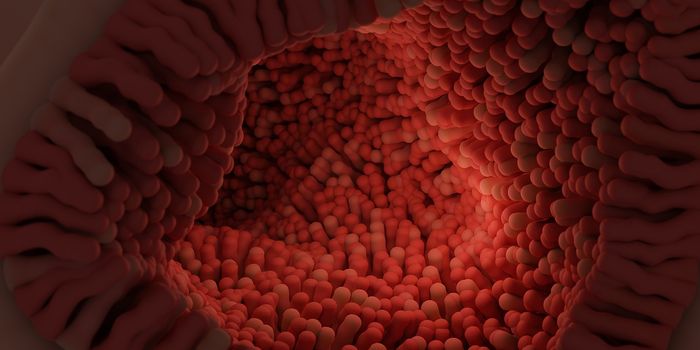The summer of 2015 in the South Bronx, New York City saw the worst outbreak of Legionnaires’ disease the city had ever seen: 12 died and more than 120 fell ill. Legionnaires’ is a respiratory disease caused by a bacterial species called
Legionella pneumophila. As the numbers of Legionnaires’ outbreaks are on the rise since its initial discovery in 1976, scientists are eager to find a more effective way to kill these bacteria. In a new study from the University of Melbourne, researchers identified a new cell type that could be the key to achieving this goal.
 L. pneumophila
L. pneumophila invades sources of water like lakes, streams, and human-made water systems. Once someone breathes in water droplets via mist from a contaminated source, the bacteria are free to multiply in their lungs. Although most healthy immune systems can prevent an infection after exposure to
L. pneumophila, people at risk include older people, smokers, those with chronic lung diseases, and the immunocompromised. The new study from Melbourne looks at how a healthy person fights off Legionnaires’ disease in hopes that scientists can develop a new treatment based on the body’s natural method of preventing or clearing an infection.
Melbourne PhD student Andrew Brown was the one to discover a population of monocyte-derived cells (MCs) doing most of the dirty work in Legionnaires’-ridden lungs. Rather than the macrophages, the MCs were seen engulfing and breaking down bacterial cells within 24 hours of a Legionnaires’ infection. After 48 hours, there were ten times as many MCs as macrophages going to town on the bacteria.
“Knowing this, we can now focus on how to manipulate and optimize the immune response to fight infection,” said lead researcher Elizabeth Harland, PhD.
MCs are first-responders of the innate immune system, secreting interleukin-12 as a signal for T lymphocytes to get involved in the attack. T lymphocytes then secrete interferon gamma, a chemical messenger that responds to the call and prompts the MCs to go ahead with annihilating the
L. pneumophila population.
The Melbourne researchers were surprised to find the population of MCs taking lead on the destruction of the infection, but they are glad they found what they did. Understanding more completely how the immune system deals with a Legionnaires’ infection well help them provide better prognoses to sick patients, and this study of Legionnaires’ could potentially help them understand the immune response to other acute lung infections.
Lastly, the researchers believe that they will be able to take this information and use it to understand the status of a person’s immune attack in a given case of Legionnaires’ disease. Is the immune system on top of things or does the patient need reinforcements sent in? With the reinforcements being appropriate levels of antibiotics, researchers now have a better method of regulating how often these drugs are being used.
Sources:
University of Melbourne,
Centers for Disease Control and Prevention,
Wall Street Journal









